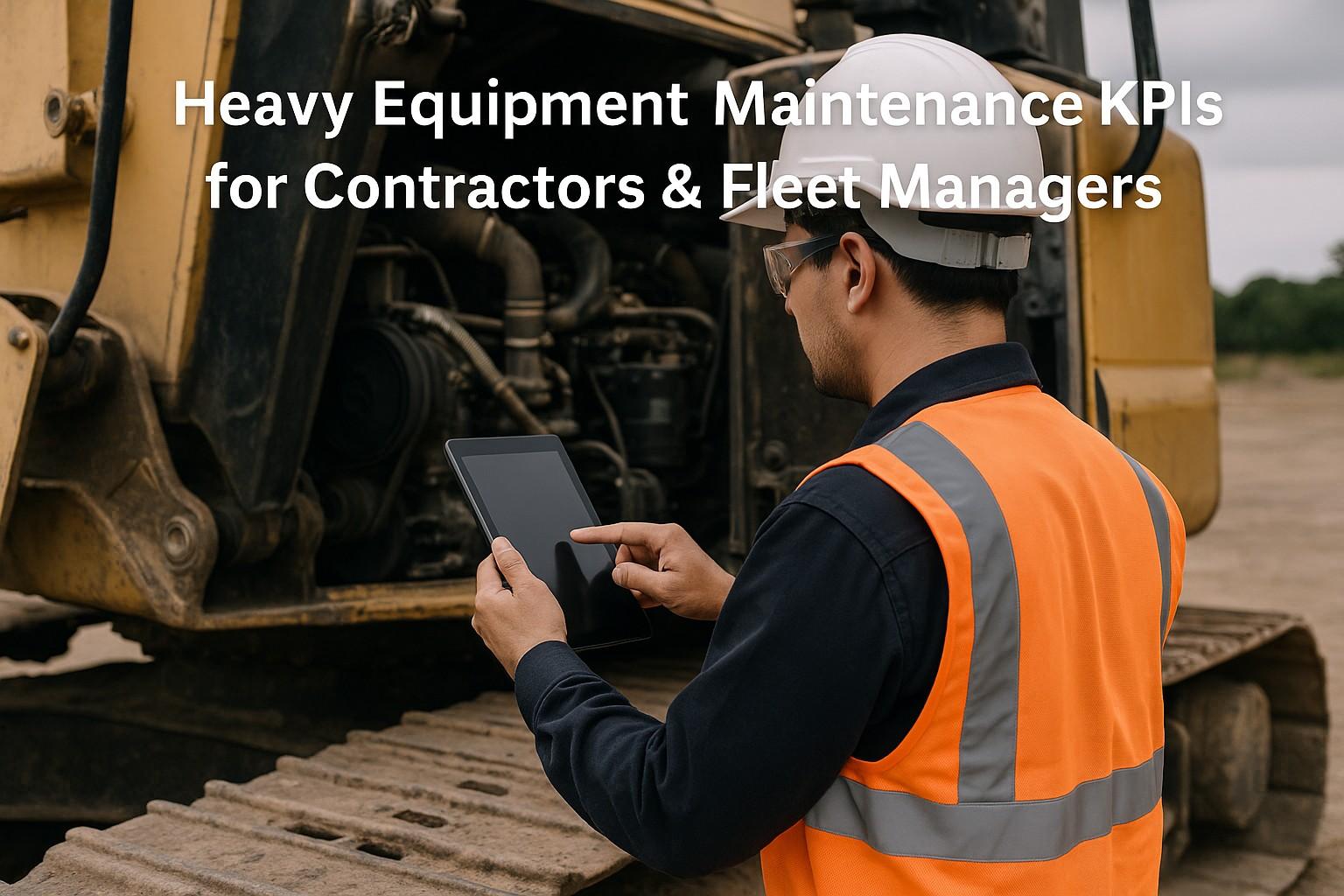The construction industry is a major contributor to greenhouse gas emissions and air pollution. However, a promising shift is underway with the rise of electric construction equipment. This innovative technology is transforming job sites, offering a cleaner, quieter, and more efficient alternative to traditional diesel-powered machinery.
Why Electric Construction Equipment Matters
- Environmental Impact: Electric equipment produces zero emissions during operation, significantly reducing the carbon footprint of construction projects. This helps combat climate change and improve air quality in surrounding communities.
- Efficiency and Performance: Electric motors offer instant torque and smooth acceleration, often outperforming their diesel counterparts. They also require less maintenance, reducing downtime and operating costs.
- Noise Reduction: Electric equipment is significantly quieter than diesel-powered machinery, minimizing noise pollution on job sites and in nearby areas. This is particularly beneficial in urban environments.
- Health and Safety: The absence of diesel fumes creates a healthier work environment for construction workers, reducing exposure to harmful pollutants.
- Cost Savings: While the initial investment in electric equipment may be higher, the lower operating and maintenance costs often lead to long-term savings. Additionally, government incentives and tax credits can help offset upfront expenses.
Types of Electric Construction Equipment
- Excavators: Electric excavators are becoming increasingly popular due to their power, precision, and reduced noise levels.
- Loaders: Electric loaders offer efficient material handling with zero emissions.
- Dump Trucks: Electric dump trucks are ideal for hauling materials on construction sites with minimal environmental impact.
- Cranes: Electric cranes provide lifting power without the noise and emissions of traditional cranes.
- Compact Equipment: Smaller electric machines like skid steers and mini excavators are well-suited for urban projects and indoor construction.
Overcoming Challenges
- Charging Infrastructure: The availability of charging stations remains a challenge, but it's rapidly improving with investments in infrastructure and the development of fast-charging technology.
- Range Anxiety: Battery technology is advancing quickly, extending the operating range of electric equipment. Additionally, hybrid models that combine electric and diesel power offer a bridge solution.
- Initial Cost: Electric equipment can be more expensive upfront. However, government incentives, tax credits, and the long-term savings on fuel and maintenance can make it a financially viable option.
Real-World Examples & Statistics
- Oslo, Norway: The city aims to make all construction sites emission-free by 2025, showcasing the feasibility of widespread electric equipment adoption.
- Volvo CE: The company has committed to transitioning its entire product line to electric or hybrid power by 2030.
- Proterra: This company is developing electric buses for public transportation, demonstrating the potential of electrification in heavy-duty vehicles.
- Studies have shown that electric construction equipment can reduce emissions by up to 95% compared to diesel counterparts.
Calculating the ROI of Electric Construction Equipment
While the initial investment in electric equipment may be higher, the long-term cost savings can be significant. Consider these factors when calculating ROI:
- Reduced Fuel Costs: Electric equipment eliminates the need for diesel fuel, which can be a major expense.
- Lower Maintenance Costs: Electric motors have fewer moving parts, reducing maintenance requirements and downtime.
- Increased Productivity: The instant torque and smooth acceleration of electric motors can improve productivity on job sites.
- Government Incentives: Many governments offer incentives and tax credits for the purchase of electric equipment.
The Future of Electric Construction Equipment
The future of construction is electric. With advancements in battery technology, charging infrastructure, and the growing demand for sustainable solutions, electric construction equipment is poised to become the new standard in the industry. We can expect to see:
- More Powerful Machines: Electric equipment will continue to become more powerful and capable, handling even the most demanding tasks.
- Longer Battery Life: Battery technology will improve, extending the operating range and reducing the need for frequent charging.
- Smarter Technology: Electric equipment will integrate with smart systems for optimized energy management and predictive maintenance.
- Greater Adoption: As costs come down and benefits become more apparent, the adoption of electric construction equipment will accelerate across the globe.
Ready to explore how electric construction equipment can benefit your business? Download our free HVI APP for insights and resources on electrifying your fleet.
Ready to Take the First Step?
Get started now by learning more about how HVI APP can revolutionize your fleet automation.
Top 10 FAQs
- What are the main benefits of electric construction equipment?
- Reduced emissions, improved efficiency, lower noise levels, and a healthier work environment.
- Is electric construction equipment as powerful as diesel-powered equipment?
- Yes, electric motors often offer greater torque and power than diesel engines, especially in certain applications.
- How long does it take to charge electric construction equipment?
- Charging times vary depending on the equipment and the charger, but with fast-charging technology, it can take as little as a few hours.
- What is the lifespan of electric construction equipment?
- Electric equipment typically has a longer lifespan than diesel equipment due to fewer moving parts and less wear and tear.
- Are there any government incentives for purchasing electric construction equipment?
- Yes, many governments offer incentives and tax credits to encourage the adoption of electric equipment.
- What are the challenges of using electric construction equipment?
- The main challenges include limited charging infrastructure and the initial cost of the equipment.
- How can I find out more about electric construction equipment?
- Research online, attend industry events, and consult with equipment dealers to learn more.
- What types of electric construction equipment are available?
- A wide range of electric equipment is available, including excavators, loaders, dump trucks, cranes, and compact equipment.
- How does electric construction equipment impact job site safety?
- Electric equipment reduces noise pollution and eliminates harmful emissions, creating a safer work environment.
- What is the future of electric construction equipment?
- The future is bright, with advancements in battery technology, charging infrastructure, and growing demand for sustainable solutions. Electric equipment is poised to become the new standard in the industry.






